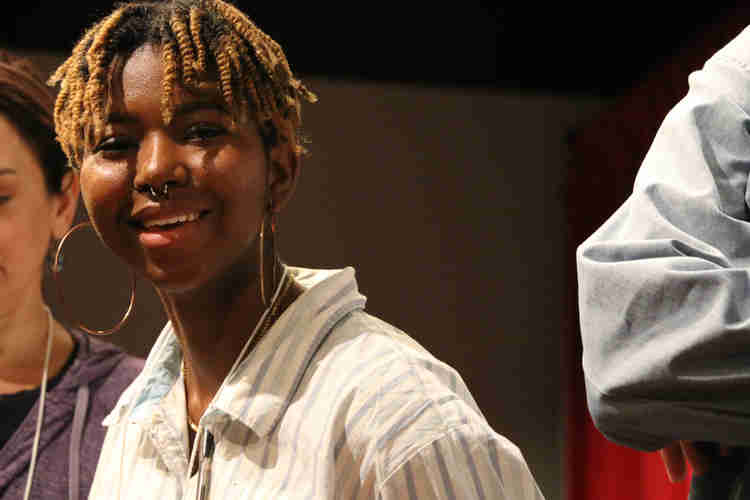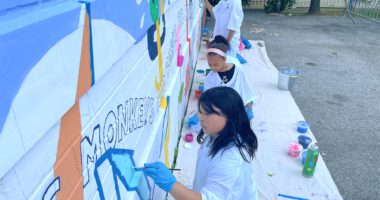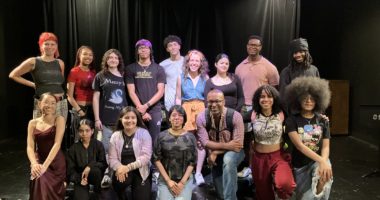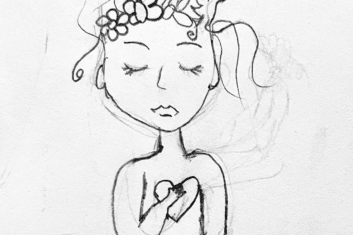Naysayers argue that art cannot be taught, you have to be born with intrinsic artistic talent. The folks at Teaching Artist Project think otherwise and, as a part of their 2017-18 batch, I’m inclined to agree.
You walk in as a TAP intern believing that you will be trained to modify your artist’s language. Surely, a fifth grader cannot be expected to understand your highbrow art-talk. And surely, you won’t be taught how to teach your art, you’re its best representative. But a few minutes into your first training session, you realize that all the ways you’ve been taught to pursue art were severely shortsighted: systems designed to encourage natural curiosity while leaving behind all those who could have been saved by art the most. TAP functions on a different principle. For TAP, every student is an artist to be, and it’s up to a Teaching Artist to make every child equally curious.
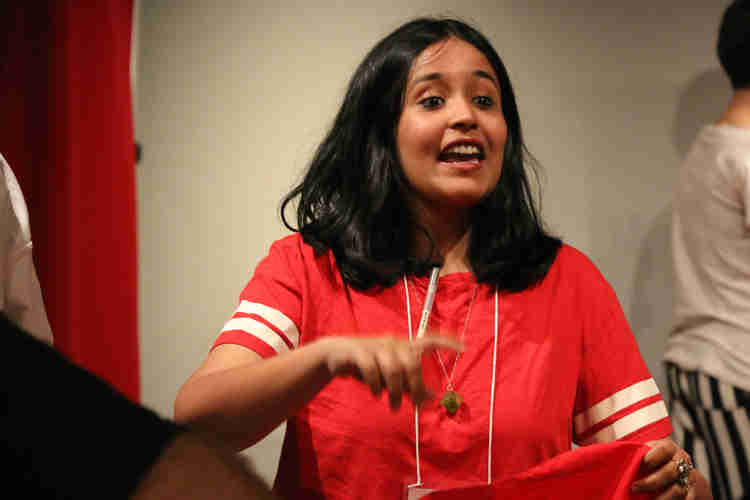

The TAP training is built around the mantra of ‘show, don’t tell’. It’s commonplace for lesson points to be offered before any explanation is given. But at TAP, a carefully generated exercise is first taken through, and only then is a collective meaning derived. That way, you’ve started to internalize the themes of the lesson from the very beginning.
From the offset, TAP facilitators Patti Chilsen and Karla Robinson set an example of what an effective Teaching Artist partnership looks like. A key component of the TAP program is collaboration, in which a writer and an artist of another art form come together to generate a successful fusion. Karla (the poet) and Patti (the performer) exhibit perfect synchronicity. They take great care to avoid stepping on each other’s toes, gamely participate in the activities the other leads, and are openly appreciative of each other. They trust each other, so we trust them.
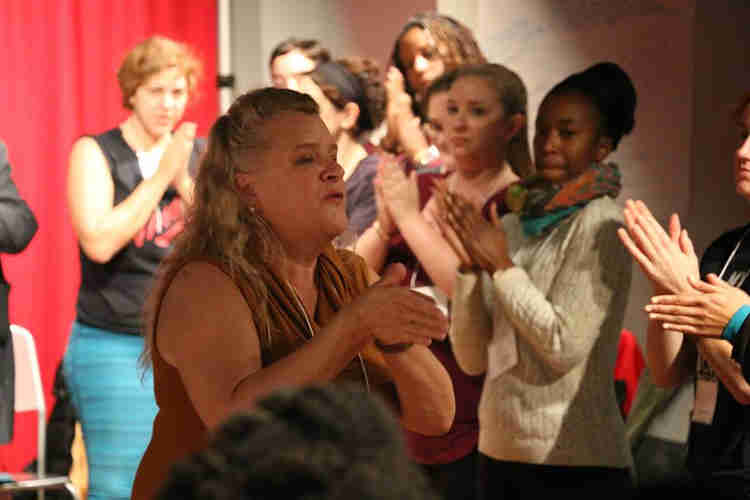

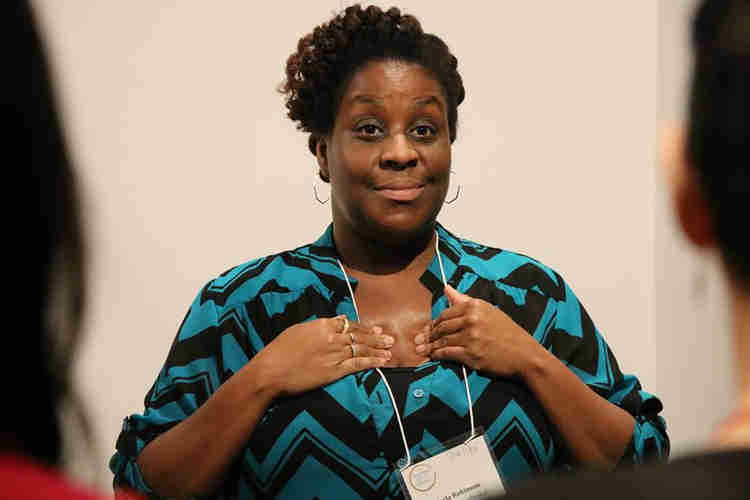

You may not realize it at first, but over time it begins to dawn that every TAP session is curated like an actual lesson plan, so we interns are constantly exposed to the lesson structure. It’s effective, because we’re not being forced to learn it, but are led to understand and implement it in our own presentations. During the first few days of TAP training, it seemed like we would be undergoing a bunch of random training sessions, but two Saturdays in, it becomes clear that every activity, every grouping, every sentence uttered has been scaffolded into a larger training algorithm, one that would give us the template of what it means to be an effective Teaching Artist. You have sessions designed as lesson plans, facilitators whose qualities you should imbibe – basically, you’re being trained in a real-world laboratory with practical teaching tools and mechanisms.
A training program like TAP that hinges on collaboration should take great pain to ensure that we trainees know and like each other immediately. Patti and Karla orchestrated opening rituals and activities designed with community building in mind. On the first day, Karla and Patti established that the TAP training session isn’t just a safe space, but a brave space. Where bravery of thought and action will be recognized and applauded. We are allowed to appreciate and question the methods of the training, all our doubts answered with utmost respect. The TAP training sessions are essentially modeled after classrooms, the kind of classes we would need if we want to revise the education system with individualized compassion. Patti and Karla, and guest facilitators T. Scott Lilly and Heidi Miller exhibit the kind of Teaching Artist techniques we would like to imbibe. The sessions are so incredibly layered that you’re not just a trainee, but also the person who will be taking this mechanisms forward in your internship classrooms.
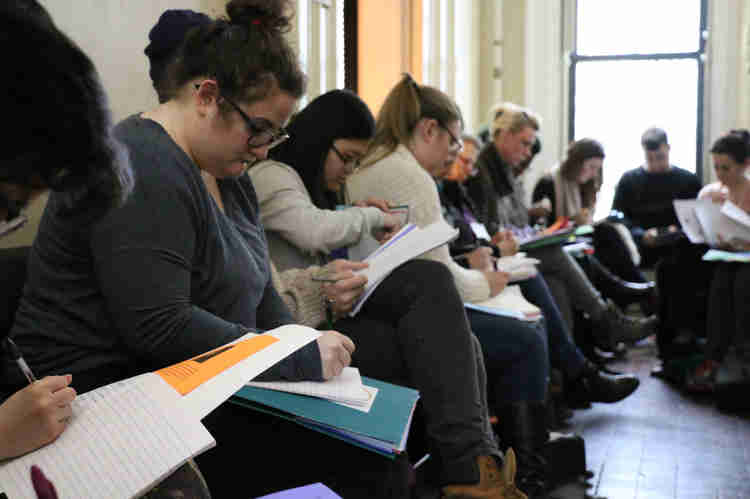

The TAP workshop offers a wonderful opportunity to listen, engage and revise the arts education in schools with a more in-depth understanding of how we can establish social justice with arts education. And as of next year, forty teaching artist interns will be making their way into New York’s public schools to implement the tools that make it possible.
